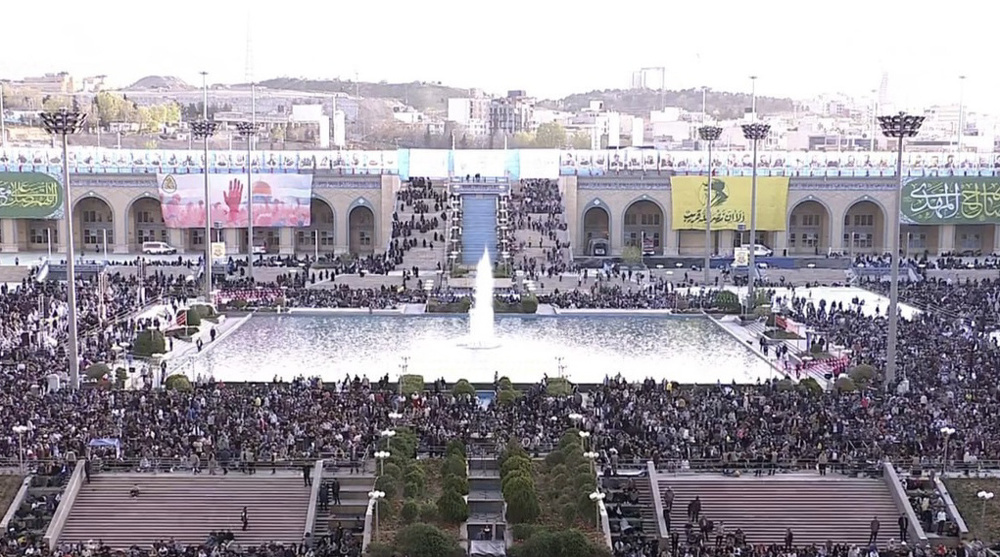Time to ponder our tiny globe in space from a distant vantage point
Twenty-six years ago today, when the Voyager 1 space probe was 6 billion kilometers away from the Earth, late American astronomer Carl Sagan asked NASA to turn the probe’s camera towards our planet and take an image of our cosmic home from a distant vantage point. The Earth appeared in the image as a pale blue dot, less than a pixel, and engulfed among bands of sunlight scattered by the camera's optics. The image also inspired Sagan to write a heartfelt passage about our tiny dot against the immensity of space.
The Voyager 1 was launched on September 5, 1977, primarily to study the outer Solar System. Dashing at the speed of 64,000 kilometers per hour (40,000 miles per hour), the probe went on a new mission to investigate the boundaries of the Solar System.

On February 14, 1990, when Voyager 1 received orders from its headquarters on Earth to take a picture from the planet, it was precisely 6,054,587,000 kilometers (3,762,146,000 miles) away from home, almost a billion and a half kilometers from Pluto.
Four years later, in his 1994 book, Pale Blue Dot: A Vision of the Human Future in Space, Sagan elaborated on our infinitesimal pixel in cosmos. He wrote “the Earth is a very small stage in a vast cosmic arena. Think of the rivers of blood spilled by all those generals and emperors so that in glory and triumph they could become the momentary masters of a fraction of a dot. Think of the endless cruelties visited by the inhabitants of one corner of this pixel on the scarcely distinguishable inhabitants of some other corner. How frequent their misunderstandings, how eager they are to kill one another, how fervent their hatreds.”


Indian parliament passes bill seen as step to seizure of mosques

Eid al-Fitr celebrated in Iran, other countries as holy month of Ramadan comes to a close

Iran FM calls for more unity, empathy among Muslims in Eid message
FM: Iran, US holding ‘high-level talks’ on Saturday in Oman
Six UN agencies call for immediate resumption of Gaza ceasefire
VIDEO | Israeli crimes against Palestinians
VIDEO | PRCS reveals horrific details of Rafah paramedic massacre
Two-pronged retaliation: Yemen strikes Israeli targets in Yaffa, US destroyers in Red Sea
VIDEO | Lebanese students protest to show solidarity with Palestinians in Gaza
Iran’s top car manufacturers report fall in output
Rights groups urge UK prime minister to hold back on anti-migrant rhetoric










 This makes it easy to access the Press TV website
This makes it easy to access the Press TV website